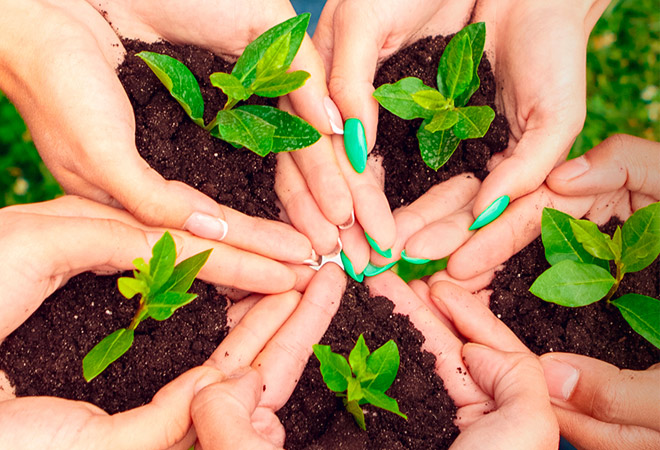In the face of global challenges such as population growth, climate change, and resource constraints, ensuring food security is more critical than ever. The fusion of Artificial Intelligence (AI) and robotics with agriculture presents a revolutionary approach to address these challenges. In this post, we explore the potential of partnering with farmers to grow more food autonomously, reshaping the future of agriculture and securing the world’s food supply.
- Precision Farming for Optimal Results: AI-driven precision farming involves using advanced technologies to optimize crop yields. By collecting and analyzing data from various sources—such as soil samples, weather patterns, and crop health—farmers can make informed decisions. Robotics equipped with precision tools can then carry out tasks like planting, watering, and harvesting with unparalleled accuracy, maximizing productivity.
- Autonomous Machinery for Increased Efficiency: The integration of robotics in agriculture introduces the concept of autonomous machinery. These machines can perform tasks independently, reducing the need for manual labor and increasing overall efficiency. Autonomous tractors, drones, and harvesters equipped with AI can operate around the clock, ensuring timely and efficient cultivation.
- Smart Irrigation Systems to Conserve Resources: Water scarcity is a significant concern in agriculture. AI-powered smart irrigation systems analyze data on soil moisture, weather conditions, and crop water requirements to optimize irrigation schedules. By delivering the right amount of water at the right time, these systems conserve water resources while promoting healthy crop growth.
- Crop Monitoring and Disease Prevention: AI plays a crucial role in monitoring crop health. Drones and sensors equipped with AI algorithms can detect early signs of diseases, nutrient deficiencies, or pest infestations. By identifying issues before they escalate, farmers can take proactive measures to protect their crops, minimizing losses and ensuring a more stable food supply.
- Data-Driven Decision-Making for Farmers: Farmers are empowered with AI-generated insights that aid decision-making. Predictive analytics based on historical data can forecast crop yields, market conditions, and optimal planting times. This information allows farmers to plan effectively, reduce risks, and make informed choices that positively impact both their livelihoods and global food security.
- Promoting Sustainable Agriculture: AI and robotics contribute to sustainable agriculture practices. By optimizing resource usage, reducing waste, and minimizing the environmental impact of farming activities, these technologies align with the principles of sustainable agriculture. This not only benefits farmers economically but also ensures the long-term viability of food production.
- Collaboration for a Hunger-Free Future: Partnering with farmers to implement AI and robotics in agriculture requires collaborative efforts. Organizations, governments, and tech innovators can work together to provide farmers with access to these technologies, training programs, and financial support. Such collaborations foster a community-driven approach to transforming agriculture for the better.
Conclusion:
As we stand at the intersection of agriculture and technology, the possibilities for positively impacting food security are vast. By embracing AI and robotics in collaboration with farmers, we have the opportunity to cultivate not just crops but a future where hunger is a thing of the past. The journey toward autonomous, data-driven agriculture is a shared endeavor, and by sowing the seeds of innovation today, we reap the harvest of a more secure and resilient food future tomorrow.

